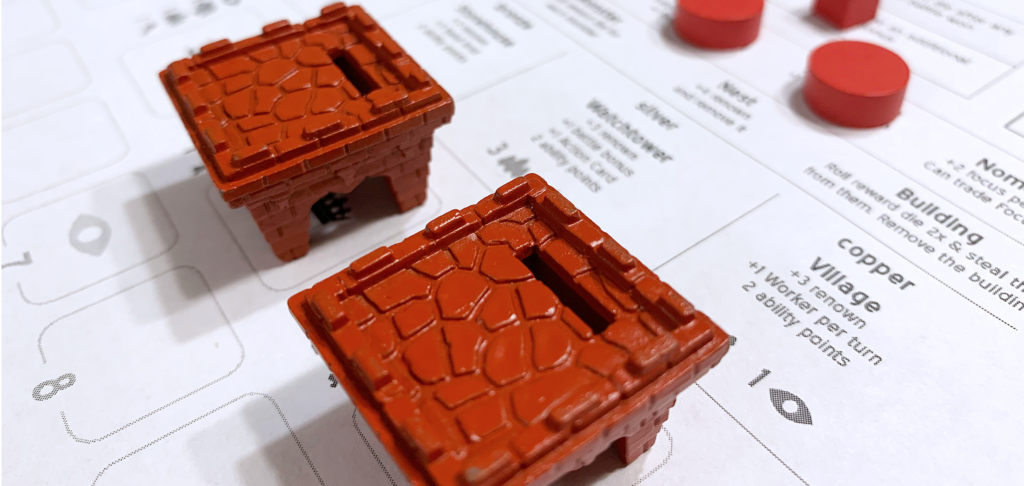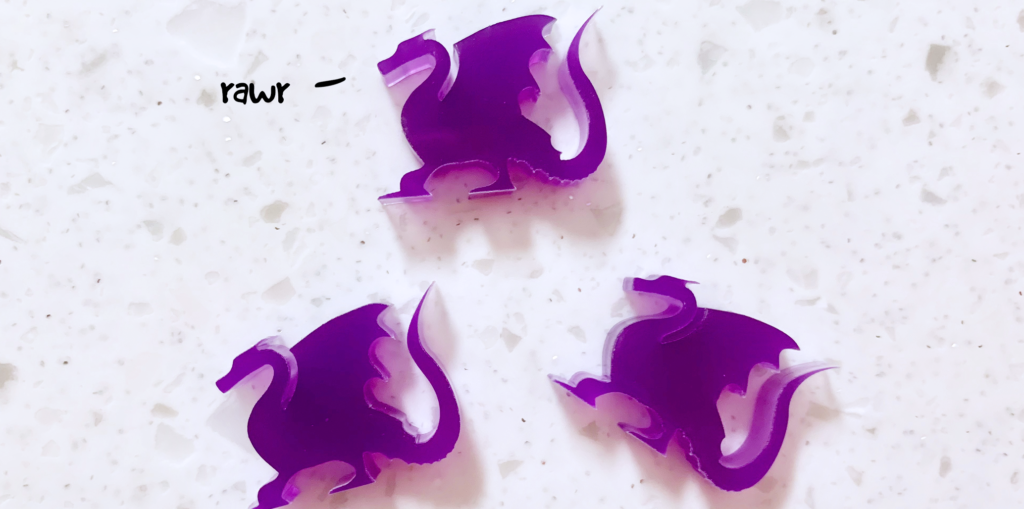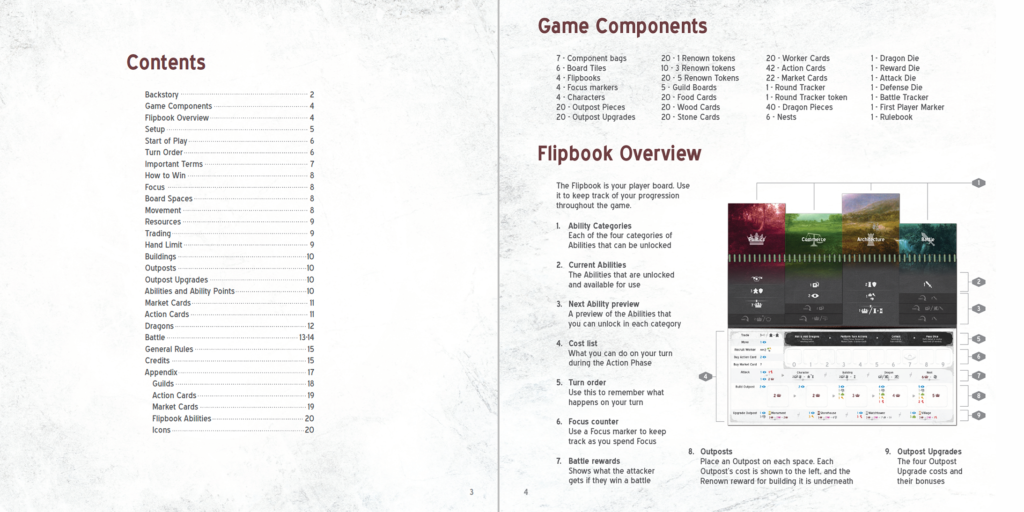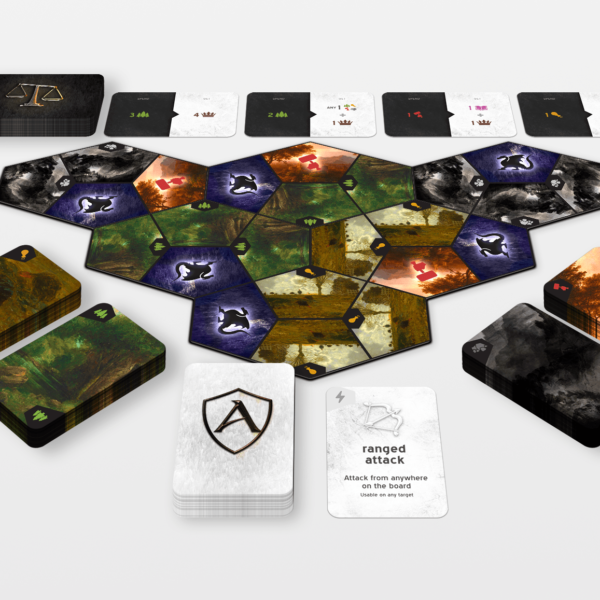This is Part 3 of our experience going to BostonFIG 2019.
You can read Part 1 here and Part 2 here.
You created a board game and it got accepted into a board game convention showcase: congratulations! But suddenly the fear sets in, how are you supposed to prepare your game for such an important event? Well, we recently had to deal with that exact situation when our game was accepted into BostonFIG. Here are three lessons we learned getting ready for a convention.
Keep improving
Your gut reaction after getting accepted into a board game showcase may be to freeze all development. After all, you don’t want to mess it up! But you need to push through that impulse and continue to make your game better, even if that means making significant changes. The goal is always to be making improvements, just make sure you save a “stable” version of your game in case your changes don’t work out.
Our video submission was sent for consideration months before the convention. We had since received some very helpful feedback from blind playtests that left us with a hard choice: keep the game in the playable version that didn’t have enough depth or risk a broken game and make significant changes.
Alynthia has been a passion project for us and we want it to be as good as possible. So we opted to rip it apart and change a lot. We added specialized building upgrades, asymmetric player abilities, and dragons that fought back against players. We also found that the game was taking too long, so we added a round tracker which allowed us to increase the difficulty of the dragons as the game progressed. Looking back, those changes are some of our favorite elements of the game, but if we let fear control us, we would have sold ourselves short.

Get your components show-ready
Ok, you’ve got a winner for game mechanics, and you think people are going to love playing it. But strangers are going to be judging your game on first impressions, too. It’s important to consider the visual and tactile aspects of your game. Clear graphic design and beautiful art make a huge difference in a player’s gameplay experience – both in communicating the rules and in allowing them to be immersed in the theme. High-quality game components also make it more enjoyable to play a game and make it clear what each piece is supposed to do.
This doesn’t mean you need to break the bank! We did our best to source and make the best prototype components that we could, and thankfully there are relatively affordable options for prototyping. We printed a lot of our components at a local office supply store and hand-cut them to size. We also spray-painted generic pieces to meet our needs.
For the things we couldn’t make ourselves, we turned to websites that cater to game design prototyping. We used The Game Crafter for a lot of our components: Towers, custom acrylic, board tiles, and cards. Board Games Maker was our best option to get a beautiful box (we think so). And we purchased colored cloth bags at a local board game shop for the components. Each of these aspects added to the player’s experience and helped to immerse them in the theme.

Polish your rulebook
You finally have a well balanced, beautiful game and are ready to present your game, right? Not quite, you also need to consider how you will teach your game. One of the best ways to understand how to teach your game is to create an official rulebook, which forces you to organize your rules clearly and makes sure you consider corner cases that may come up when people play your game.
Throughout development we made sure to keep a living document with all the current rules written down, to ensure we remembered rules and could keep track of our changes. However, for BostonFIG we turned that document into an official rulebook with illustrations. Throughout the convention, we were able to reference the rulebook when explaining the game and use it to help players understand the iconography.
As a bonus, we were able to post the Alynthia rulebook on Board Game Geek and would love any feedback you can give us about how we can improve it. Rulebooks are difficult things to write, so the more feedback from people who are not familiar with the game the better.

Alynthia’s rulebook in all its glory
Yes, that’s a lot
We hope these lessons will help you do your absolute best at your next convention, but it can also be pretty intimidating. It’s a lot to do! We certainly didn’t do everything right, but we were able to make a todo-list, break it up into manageable chunks, and get everything done in time. Things will still go wrong, but in our experience, people who attend board game conventions are amazing and encouraging. Keep focused on making your game as good as it can be, and try and enjoy the ride.

